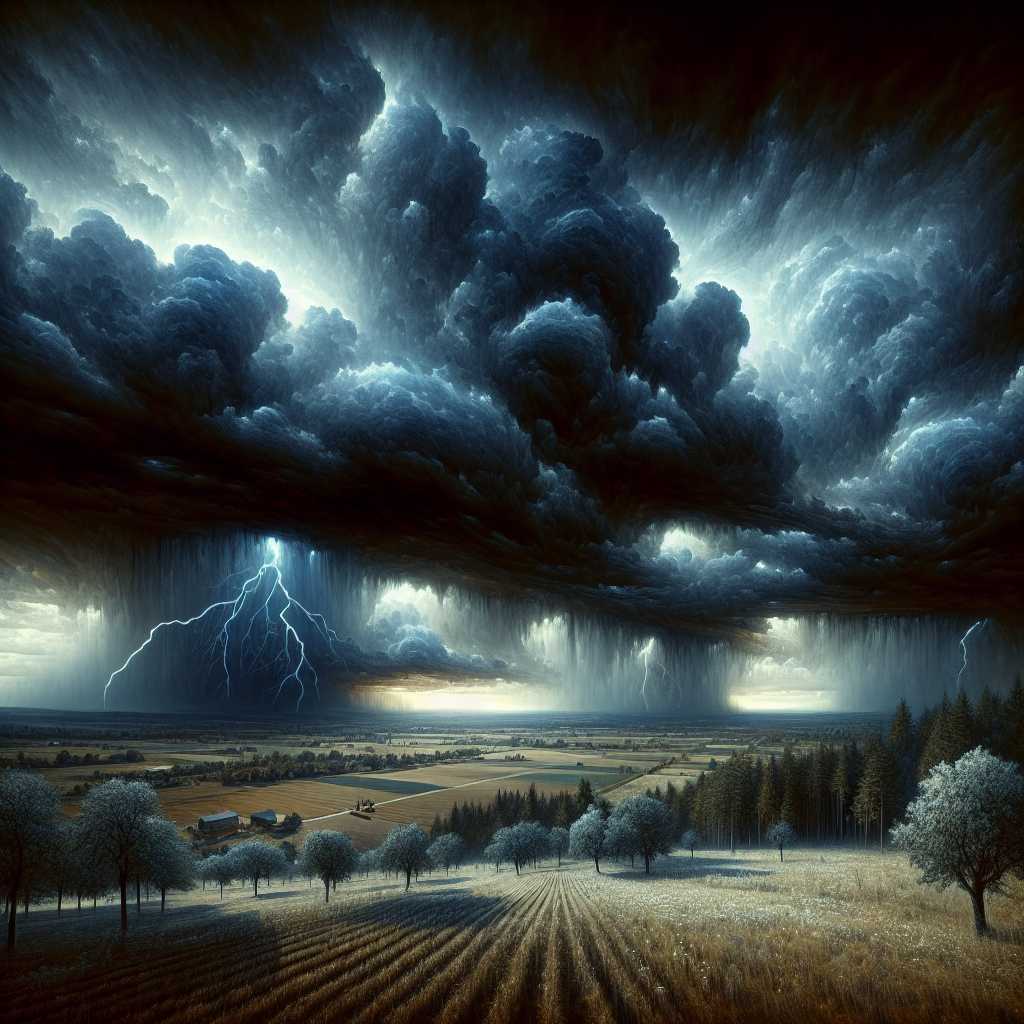Understanding Severe Thunderstorm Warnings: A Comprehensive Guide
Severe thunderstorms are among nature’s most powerful and sudden meteorological events, capable of causing extensive damage, injury, or even fatalities. In response to these potential dangers, meteorological agencies globally use severe thunderstorm warnings to alert the public. This article defines severe thunderstorm warnings, explains how they are issued, outlines the typical dangers associated with severe thunderstorms, and suggests safety measures one should take when such a warning is in effect.
What Is a Severe Thunderstorm Warning?
A severe thunderstorm warning is an alert issued by meteorological authorities to inform the public about imminent severe weather conditions characterized by significant thunderstorms. These warnings indicate that conditions suitable for the development of storms that can produce hail, strong winds, heavy rain, and sometimes tornadoes have been either observed or are expected to occur imminently within a specified area.
These warnings are based on advanced radar data, satellite imagery, weather models, and ground reports. They serve as a call to action for individuals in the affected areas to seek shelter and prepare for potentially hazardous weather conditions.
The Warning System: How Warnings Are Disseminated
Warnings are typically issued by national or regional meteorological organizations. In the United States, for example, the National Weather Service (NWS) is responsible for monitoring weather patterns and issuing public alerts. Upon detection of severe thunderstorm criteria being met or exceeded:
– Local NWS offices disseminate warnings using various channels such as television and radio broadcasts, dedicated weather channels, and through internet sources including official websites and social media.
– Emergency alert systems may also broadcast these warnings to mobile phones in targeted areas.
– The NWS utilizes the Integrated Public Alert and Warning System (IPAWS) to send out Wireless Emergency Alerts (WEAs) for extreme weather situations, reaching a broad swath of the public instantly.
Common Risks Associated with Severe Thunderstorms
Severe thunderstorms bring a portfolio of risks, each of which can potentially result in extensive harm to people and property:
–
High Winds: These can exceed 58 miles per hour (or 50 knots), which is capable of uprooting trees, causing structural damage to buildings, and propelling dangerous debris.
– Hail: Stones measuring 1 inch in diameter or larger can damage vehicles, crops, and roofing materials.
– Heavy Rainfall: Intense precipitation can lead to flash flooding—a rapid rise in water levels that can overwhelm local drainage systems and turn roads into rivers.
– Lightning: These electric discharges can strike people, animals, trees, and structures leading to fires or fatal injuries.
– Tornadoes: Severe thunderstorms may occasionally spawn tornadoes without a separate tornado warning being issued, adding to their unpredictability and danger.
–
Hail: Stones measuring 1 inch in diameter or larger can damage vehicles, crops, and roofing materials.
– Heavy Rainfall: Intense precipitation can lead to flash flooding—a rapid rise in water levels that can overwhelm local drainage systems and turn roads into rivers.
– Lightning: These electric discharges can strike people, animals, trees, and structures leading to fires or fatal injuries.
– Tornadoes: Severe thunderstorms may occasionally spawn tornadoes without a separate tornado warning being issued, adding to their unpredictability and danger.
–
Heavy Rainfall: Intense precipitation can lead to flash flooding—a rapid rise in water levels that can overwhelm local drainage systems and turn roads into rivers.
– Lightning: These electric discharges can strike people, animals, trees, and structures leading to fires or fatal injuries.
– Tornadoes: Severe thunderstorms may occasionally spawn tornadoes without a separate tornado warning being issued, adding to their unpredictability and danger.
–
Lightning: These electric discharges can strike people, animals, trees, and structures leading to fires or fatal injuries.
– Tornadoes: Severe thunderstorms may occasionally spawn tornadoes without a separate tornado warning being issued, adding to their unpredictability and danger.
–
Tornadoes: Severe thunderstorms may occasionally spawn tornadoes without a separate tornado warning being issued, adding to their unpredictability and danger.
Safety Measures during Severe Thunderstorm Warnings
When a severe thunderstorm warning has been issued for your area:
Seek Shelter Immediately
Move indoors, preferably to a sturdy building and away from windows. Avoid sheltering in open structures or using electronic devices plugged into an outlet.
Prepare For Power Outages
Have alternate power sources ready for flashlights and consider surge protectors to safeguard electronic equipment against power surges caused by lightning strikes.
Stay Informed
Keep up with the latest developments through a battery-powered radio or a charged mobile device. Sites like the NWS website provide constant updates.
Protect Yourself From Floods
Avoid driving or standing in areas where water covers the road; just six inches of fast-moving water can knock down an adult, and about 12 inches of water can carry away a small car.
Avoid Plain Fields And High Elevations
If you’re caught outdoors without nearby shelter, try to reach lower elevations while avoiding isolated tall objects like trees that can attract lightning.
Notes
Image description:
A darkened sky looms over a rural landscape signifying an approaching severe thunderstorm. The foreground shows trees starting to sway with strong winds while the central focus reveals thick clouds gathered intensely above with occasional flashes of lightning piercing through them. The horizon showcases an ominous contrast rich with deep blues and grays illustrative of a storm’s prelude.
